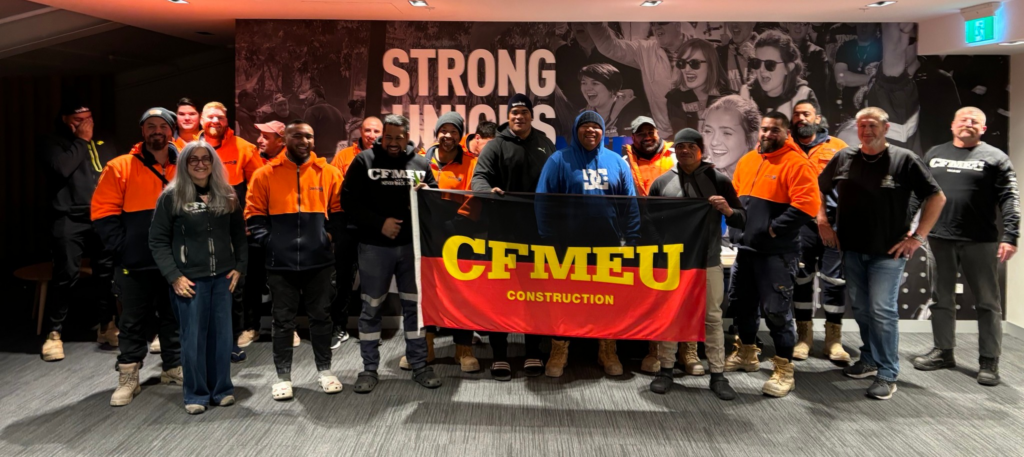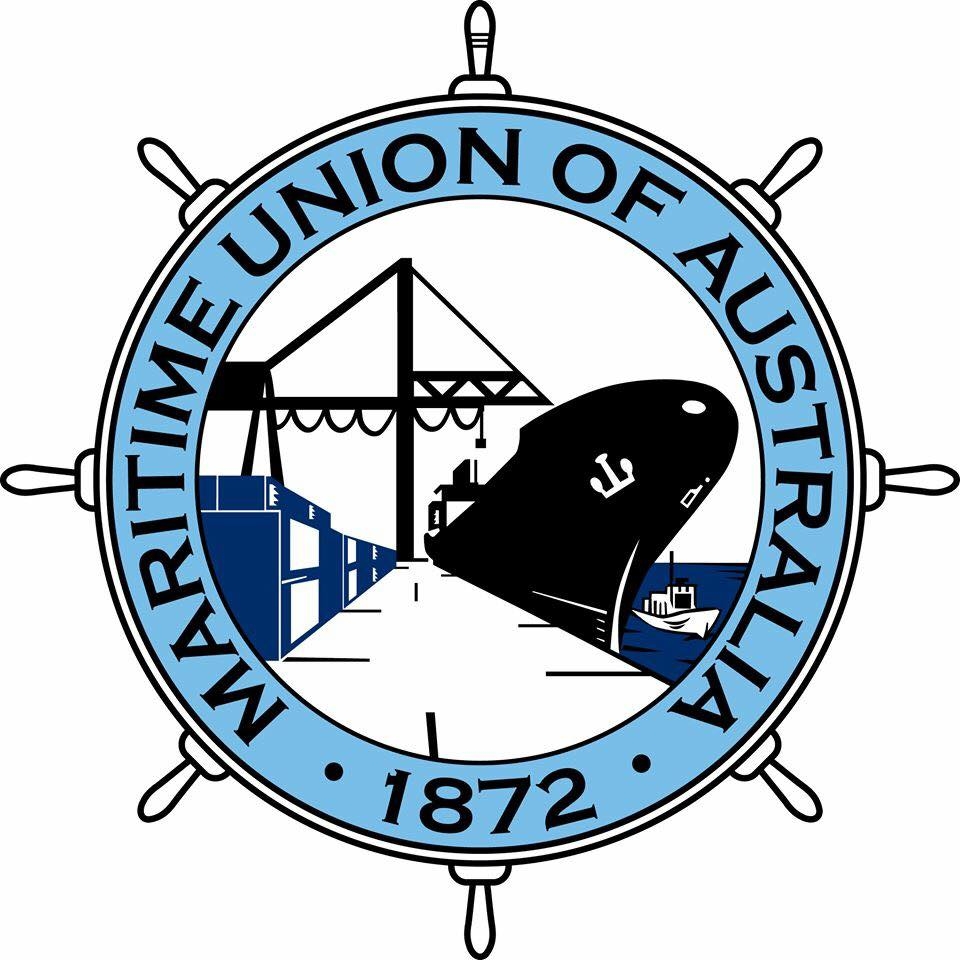The construction industry in Australia is a crucial component of the nation’s economy, responsible for creating jobs, infrastructure, and driving economic growth. At the heart of this industry, the Construction, Forestry, Mining, and Energy Union (CFMEU) plays a vital role. Understanding how the CFMEU operates and the significance of Enterprise Bargaining Agreements (EBAs) is essential for anyone involved in the construction sector. This blog post delves into the workings of the CFMEU, the concept of EBAs, and their application in construction projects.
The CFMEU: A Powerful Force in the Construction Industry
The CFMEU is Australia’s largest industrial union, representing workers across the construction, forestry, mining, and energy sectors. With a history spanning over a century, the union has played a pivotal role in shaping the rights and conditions of workers in these industries.

History and Formation
The CFMEU operates on both national and state levels. Its organizational structure is designed to address both broad national issues and specific regional concerns effectively.
- National Office: The national office of the CFMEU is responsible for overarching policies, strategies, and representation on a federal level. It coordinates major campaigns, negotiates with large employers and industry bodies, and engages with the government on legislative matters.
- State Branches: Each state and territory in Australia has its own CFMEU branch. These branches handle local issues, including site-specific disputes, regional negotiations, and the implementation of national policies at the state level. State branches are crucial for addressing the unique challenges and conditions faced by workers in different regions
The CFMEU is structured into four divisions, each operating largely autonomously. Each division has its own discrete set of rules.
- Manufacturing Division (formally Forestry and Furnishing Products Division)

- Mining and Energy Division

- Maritime Union of Australia Division

- Construction and General Division

Structure and Responsibilities of the CFMEU
The CFMEU engages in various activities to support and protect its members. Some of its primary roles and responsibilities include the following:
- Negotiating Enterprise Bargaining Agreements (EBAs)
- Advocacy and Representation
- Health and Safety
- Legal Support
- Training and Education
What is an Enterprise Bargaining Agreement (EBA)?
An Enterprise Bargaining Agreement (EBA) is a collective agreement made between employers and employees (often represented by a union) that sets out the terms and conditions of employment for a specific enterprise. EBAs are essential for defining and regulating working conditions, wages, and other employment-related matters in the construction industry.

Firstly, one of the most significant benefits of EBAs is the potential for higher wages compared to standard industry awards. By negotiating collectively, employees can often secure better pay rates that reflect their work environment’s specific demands and conditions. EBAs provide a platform to negotiate improved working conditions. This can include better working hours, more flexible scheduling, and enhanced leave entitlements. These improvements can lead to a healthier work-life balance for employees, reducing burnout and increasing job satisfaction.

Secondly, EBAs often include provisions that offer greater job security for employees. These agreements can span several years, providing workers with a stable employment environment and protection against arbitrary dismissal. This stability benefits both employees, who gain job security, and employers, who benefit from a committed workforce. In industries like construction, safety is paramount. EBAs can include detailed safety protocols that exceed standard industry requirements. These protocols ensure that employees work in a safe environment, reducing the risk of accidents and injuries.
EBAs often provide additional leave entitlements beyond the minimum legal requirements. This can include more annual leave, personal leave, and special leave provisions, such as parental leave or compassionate leave, enhancing the overall well-being of employees. With union representation involved in the negotiation and enforcement of EBAs, in addition, employees have additional support in addressing workplace issues. This support can be crucial in ensuring that their rights are protected and that any grievances are handled effectively.
When Will EBA Be Applied in a Construction Project?
Conditions under which an EBA becomes applicable
- Project Initiation: EBAs are often applied at the beginning of a new construction project. This is when employers and unions negotiate the terms to ensure that all workers are covered under the agreed-upon conditions from the outset. This initial application helps establish a clear framework for wages, working hours, safety standards, and other critical aspects of employment.
- EBA Expiration and Renegotiation: When an existing EBA is nearing its expiration, a new round of negotiations typically begins. This ensures that there is no lapse in coverage and that workers continue to benefit from collectively agreed-upon terms. The process of renegotiation can involve adjustments to wages, working conditions, and other benefits to reflect current economic conditions and industry standards.
- Regulatory Changes: Significant changes in industry regulations or standards can also trigger the application of a new EBA. For instance, new safety regulations or shifts in minimum wage laws might necessitate the negotiation of updated terms to ensure compliance. This proactive approach helps maintain alignment with legal requirements and industry best practices.
- Specific Project Requirements: Certain large-scale or high-profile construction projects may require the application of an EBA to address unique project demands. For example, major infrastructure projects or government contracts often have specific requirements that must be met, including labor conditions that can be best managed through an EBA.
How is an EBA Applied in a Construction Project?
- Initiating the EBA Process: The process begins with either the employer or the union initiating negotiations. This can be done through formal requests and meetings to outline the need for a new or revised EBA. Both parties will prepare their positions, identifying key issues and priorities for the upcoming negotiations.
- Negotiation: Negotiation is a critical phase where both parties discuss the terms of the EBA. This includes wages, working hours, leave entitlements, safety measures, and other employment conditions. The negotiation process involves multiple meetings and discussions, aiming to reach a mutually beneficial agreement.
- Employee Vote: Once the terms are negotiated, the proposed EBA is presented to the employees for approval. This is typically done through a vote, ensuring that the majority of the workforce agrees to the terms. The voting process is essential for democratic participation and ensures that employees have a say in their working conditions.
- Fair Work Commission (FWC) Approval: After the employees approve the EBA, it is submitted to the Fair Work Commission (FWC) for review and approval. The FWC ensures that the EBA meets all legal standards and provides fair terms for the employees. Once approved, the EBA becomes legally binding and enforceable.

Impact of EBAs on Construction Projects
- Enhanced Efficiency: Clear terms and conditions established through EBAs can lead to enhanced efficiency on construction sites. Workers understand their rights and responsibilities, which reduces confusion and increases productivity.
- Reduced Disputes: Having an EBA in place can significantly reduce the likelihood of disputes and work stoppages. The structured framework for addressing grievances and resolving conflicts helps maintain harmony and focus on project goals.
- Workforce Stability: EBAs provide job security and stability, leading to a more committed and motivated workforce. This stability is beneficial for both workers and employers, as it reduces turnover and ensures continuity in project execution.
Conclusion
The CFMEU plays a crucial role in advocating for and protecting the rights of workers in Australia’s construction industry. Understanding how the union operates and the significance of EBAs is essential for both employers and employees. EBAs offer a customized, legally binding framework that ensures fair wages and working conditions, providing stability and certainty for construction projects. By navigating the process of negotiation, approval, and implementation, both parties can achieve mutually beneficial outcomes, fostering a productive and safe working environment.
The application of EBAs to construction projects is a testament to the importance of collective bargaining in achieving fair and equitable working conditions. As the construction industry continues to evolve, the role of the CFMEU and the use of EBAs will remain integral to ensuring the well-being and rights of workers across Australia.


Leave a Reply